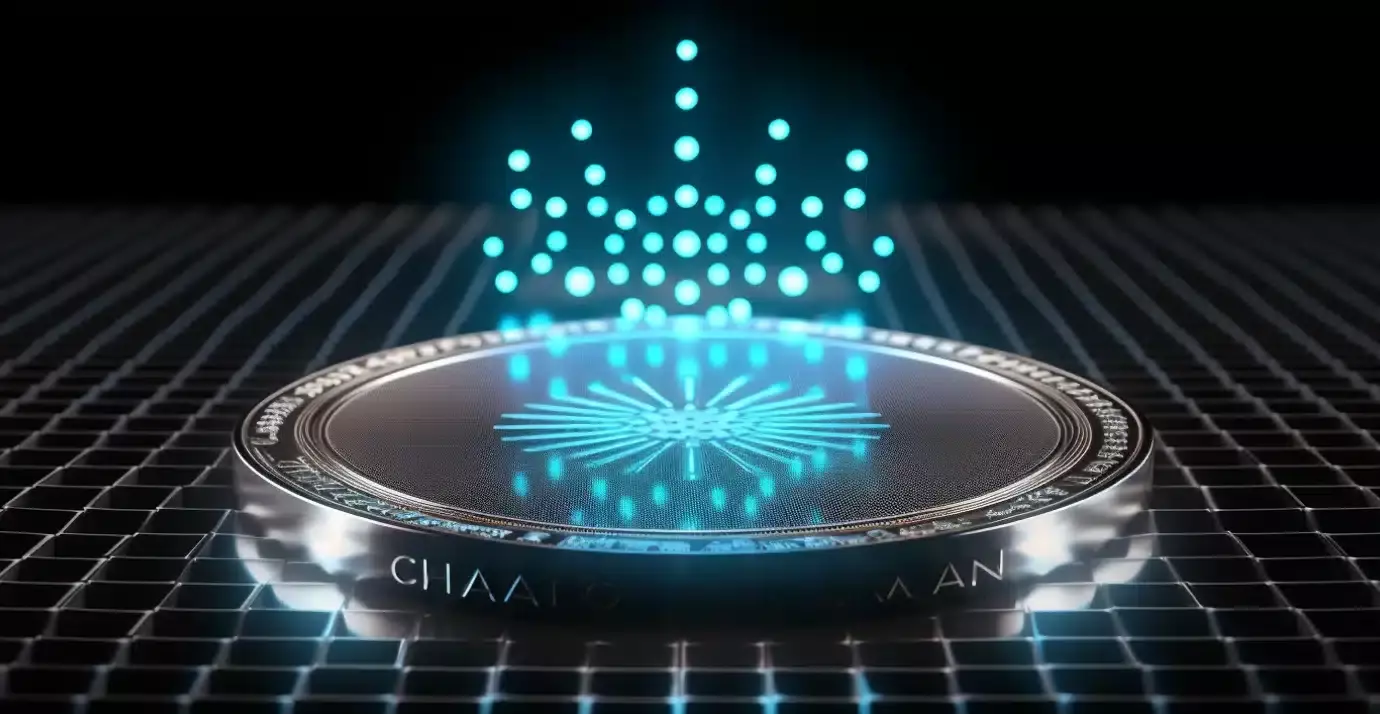Charles Hoskinson recently addressed the fear, uncertainty, and doubt surrounding Hydra, a layer-two scaling solution for the Cardano blockchain. It was rumored that Hydra had been abandoned, but Hoskinson made it clear that the project is still very much active and productive. This is an important clarification to ensure that the community understands the ongoing efforts to enhance the transaction processing capacity of Cardano at a lower cost.
Hydra within the Cardano ecosystem acts as an open-source framework that allows for the creation of off-chain ledgers. The goal is to provide developers with a more efficient way to leverage blockchain technology by enabling the processing of multiple transactions simultaneously. This is achieved through independent state channels, or Hydra Heads, which manage transactions off-chain. By doing so, Cardano can maintain its decentralized principles while improving scalability and efficiency.
While Hydra holds great promise in terms of scalability and efficiency, its success ultimately depends on the adoption by developers, businesses, and users. The technical complexities of Hydra, outlined in Cardano’s research paper, demonstrate its potential to transform blockchain technology. Hoskinson’s involvement in dispelling misconceptions and emphasizing Cardano’s commitment to interoperability with chains like Ethereum is crucial for driving adoption.
Grayscale’s Dynamic Income Fund recently excluded Cardano from its list of staking cryptocurrencies, sparking discussions within the crypto community. The fund, which aims to distribute rewards in U.S. dollars on a quarterly basis, includes assets from nine blockchains, such as Solana and Ethereum. The decision to prioritize projects with high returns and market capitalization may have led to Cardano’s exclusion, despite its technological advancements.
Cardano’s absence from GDIF raises questions about its comparative yield and market appeal. With a yield of 3.05%, ADA lags behind projects like Osmosis and Polkadot, which offer higher returns. The choice to include Solana and Ethereum, with a combined market worth exceeding $540 billion, reflects Grayscale’s strategy of focusing on established coins with significant trading volumes. While inclusion in GDIF could lead to price increases and improved security, Cardano must continue to showcase its value proposition to attract institutional investors and enhance its market position.
Hydra’s development within the Cardano ecosystem is crucial for driving scalability and efficiency. Despite challenges like FUD and exclusion from investment funds, the project’s continued progress and adoption will be key in solidifying Cardano’s position in the blockchain space.


Leave a Reply